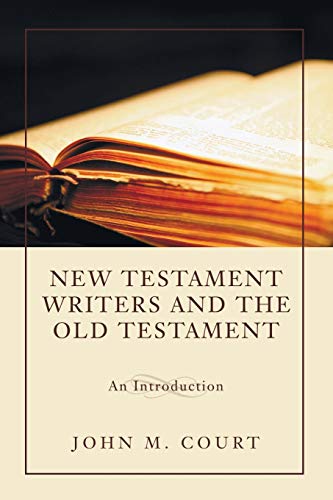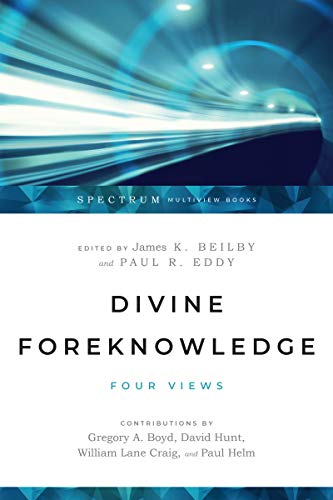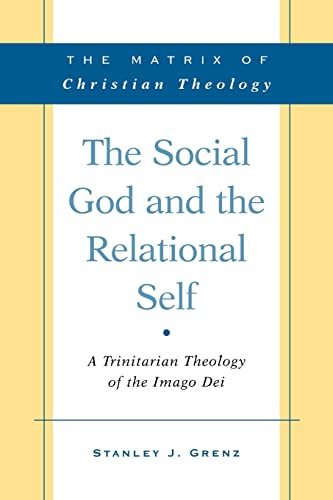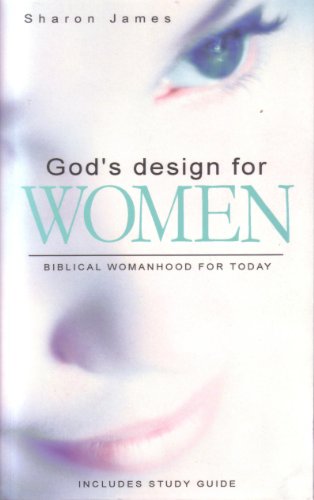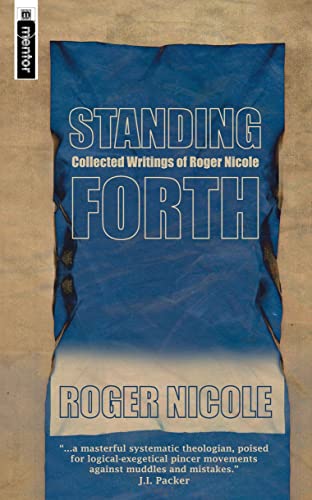NEW TESTAMENT WRITERS AND THE OLD TESTAMENT: AN INTRODUCTION
Written by John M. Court (ed.) Reviewed By I. Howard MarshallThis short book of essays is intended to act as an introduction to the study of the use made of the OT by the writers of the NT. The editor’s Introduction very briefly and simply outlines the topic. He himself then offers a short comparison of the uses of the OT in the birth narratives in Matthew and Luke to illustrate the differences in technique and emphasis (e.g. formulaic quotations in Matthew; a more allusive style in Luke).
Next he reprints a brief (3 pp.) review of Greg Beale’s work on the OT in Revelation which plunges straight into more technical matters. I am still puzzled as to why the editor thought it necessary to include this short chapter in an introductory book.
The remaining three essays are by significant scholars in the area. The Dutch scholar Maarten Menken looks at OT quotations in John. He focuses on explicit citations, considering their sources and how John used them. He devotes special attention to 1:23; 2:17; 12:40; and 19:36, showing how John has adapted the wording to bring out more clearly the points that he believed to be foreshadowed in the texts.
Richard B. Hays pioneered the use of the concept of intertextuality to go beyond looking only at the explicit citations to tracing the deeper influence of Scripture on Paul. Here he argues that Paul read Isaiah as a book and not just as a source of citations. This reading was ecclesiocentric (whether Paul used Isaiah 53 as a prophecy of Christ’s suffering remains a moot point). He then argues that Paul’s understanding of Israel and the church can be summed up in seven propositions which are all related to texts in Isaiah. The essay is a helpful introduction to Hays’ method with his seven tests for identifying Echoes of Scripture in the Letters of Paul (the title of his major book; New Haven: Yale University Press, 1989).
But before we throw in our lot with Hays, it is necessary to read the contribution by Christopher Tuckett who expresses a general scepticism as to whether Paul’s readers, many of them illiterate and with little or no access to written Scriptures, could possibly have known the OT well enough to pick up the echoes. Were Paul’s allusions really intended (or able) to arouse echoes of the contexts from which they were drawn? Tuckett interacts with the work of Brian Rosner, Paul, Scripture and Ethics: A Study of 1 Corinthians 5–7(Leiden: Brill, 1994) and questions the presence of an extended allusion to Deuteronomy in 1 Corinthians 5; Paul’s ethic is christocentric and use of the OT is subsidiary.
This book may seem to be a rather odd introduction to the topic, since it deals with two or three specific issues and the essays vary in level from the genuinely introductory to the more technical. A more careful look suggests that the four main chapters do contain some useful specific examples and illustrate the variety of approaches by leading scholars and the unfinished debates between them. But for a fuller and more systematic introductory level study you would be better to begin with R.N. Longenecker, Biblical Exegesis in the Apostolic Period (Grand Rapids: Eerdmans, 1999) or S. Moyise, The Old Testament in the New: An Introduction (London: Continuum, 2001).
I. Howard Marshall
I. Howard Marshall
University of Aberdeen
Aberdeen, Scotland, UK


